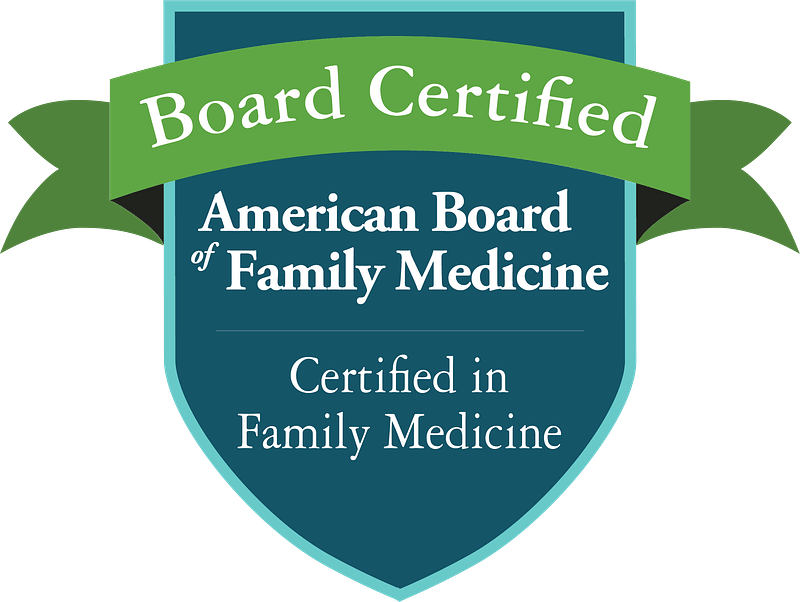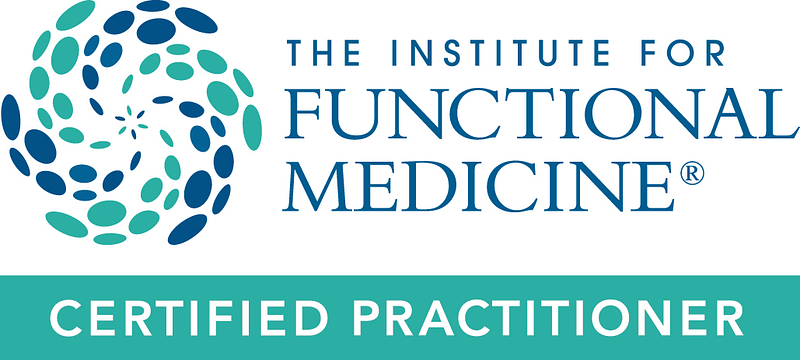* An estimated 40-50 million Americans are estimated to suffer from allergies.
* About 15% of the population will need to seek medical help for the treatment of their allergies.
* Outdoor mold counts are at their highest in the cooler darker hours prior to sunset.
* The moderately high annual rainfall of Western North Carolina fosters both indoor and outdoor
environmental mold growth.
* The most allergenic part of dust mites is their feces.
* Remember Legionnaire’s Disease that resulted from bacterial contamination of the hotel’s ventilation system? Home air conditioners can also be contaminated from standing or splashed condensed water in air conditioning systems. Have your air conditioner coils and pans serviced twice a year to prevent growth of bacteria or mold harming your family’s health.
* High Efficiency Particulate Accumulator (HEPA) air filters are among the most efficient at filtering pollen, mold, dust, dust mites, and danders. In fact, their porous filter material becomes more efficient with use. In an average home they require filter replacement every 12-18 months. Some HEPA air filters have an additional carbon pre-filter to capture some volatile chemicals.
* High humidity in a house fosters both mold growth and dust mite population increases. Low humidity in a house can result in dry skin and mucus membranes which could in turn result in sinusitis or bronchitis. The ideal humidity level for a home is 35-50% relative humidity.
* Most people spend about a third of their life in their bedroom, so one can greatly decrease their allergy exposure by making your bedroom a respite from an otherwise allergic world. Allow no pets in bedroom. Hardwood or tile flooring is preferred to carpeting. Use mite barrier cloth pillow and mattress covers, minimize frills and dust collectors in drapes and accessories. Wash bedding weekly in hot water and dry in clothes dryer. Keep windows closed in high pollen seasons, and use a HEPA filter to help assure high air quality.
* Up to one tenth of the weight of an old bed pillow can be dust mite feces. Bed pillows also contain moisture from breathing that accumulates and can foster mold growth. An allergic person is well advised to buy a new hypoallergenic pillow every 12-18 months, and cover it with a barrier cloth pillow case. Dry your pillow in a hot clothes dryer with a pair of tennis shoes every couple of months to deter mold growth.
* If you are sensitive to poison ivy, oak, or sumac, there is an increased chance that you will react to the following foods through cross-reactivity: pork and black pepper.
* Poison ivy and oak are in the same botanical family as cashew nuts.
* If you are especially dust sensitive, there is an increased chance that you will react through cross-reactivity to: seafood and nuts.
* Alternaria and Hormodendrum (Cladosporium) are the most commonly encountered indoor and outdoor molds.
* Clean up any wet or moist furnishings or construction materials within 24-48 hours to prevent potentially serious mold contamination.
* Stachybotrys chartarum is a particularly harmful greenish black mold that grows on water damaged drywall and other materials with a high cellulose content, including wood. Stachybotrys exposure can result in immune system damage.












